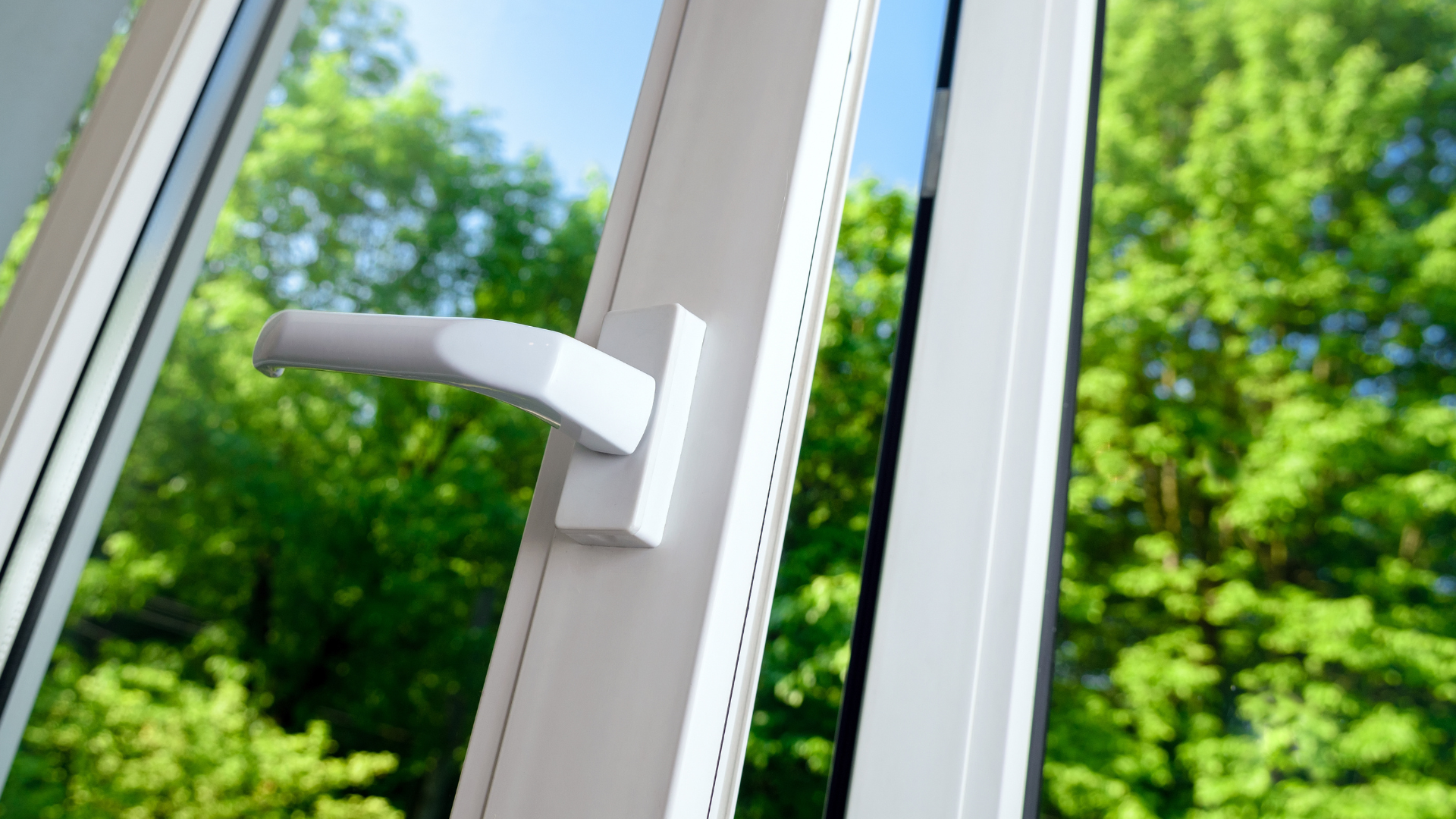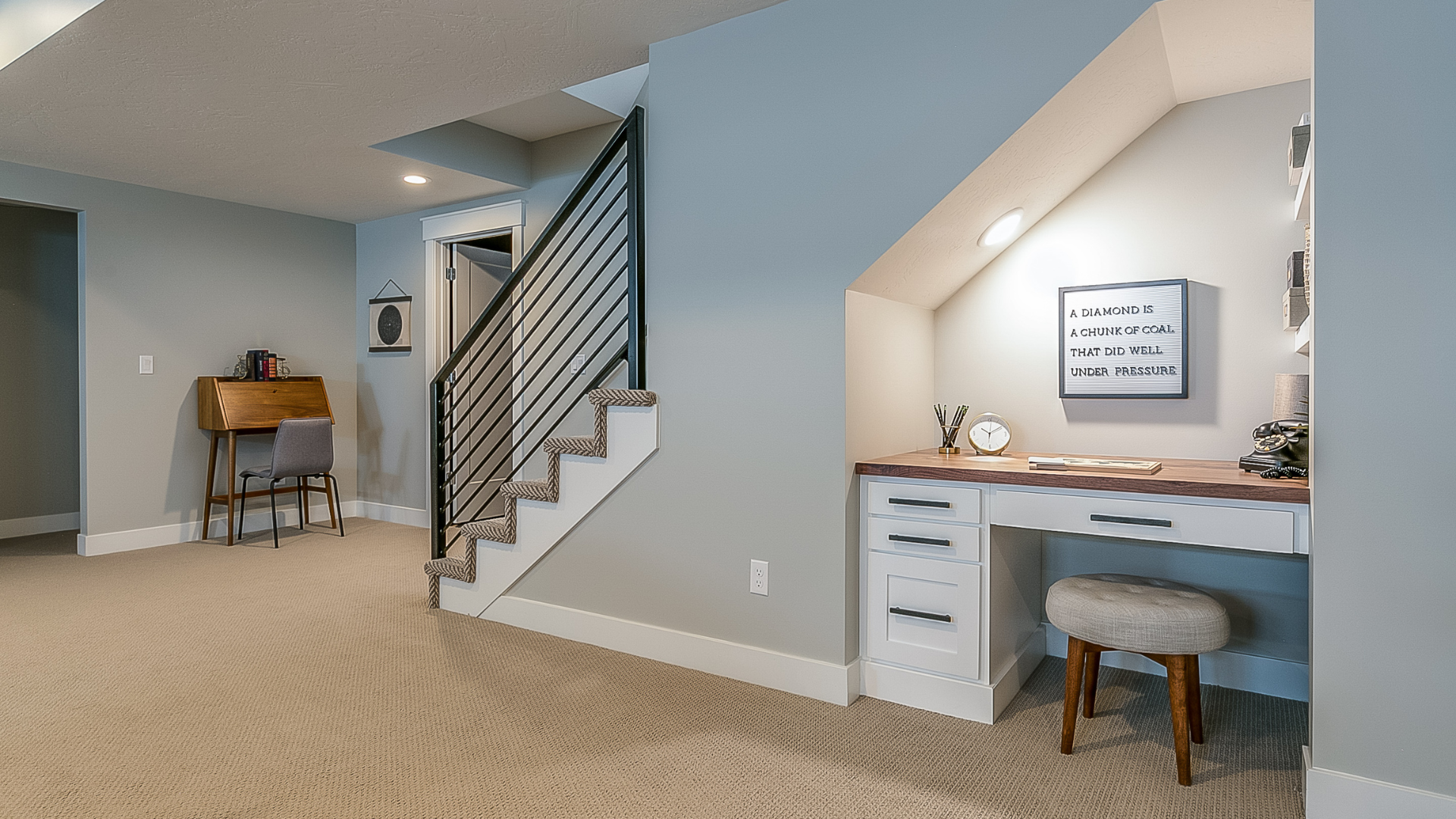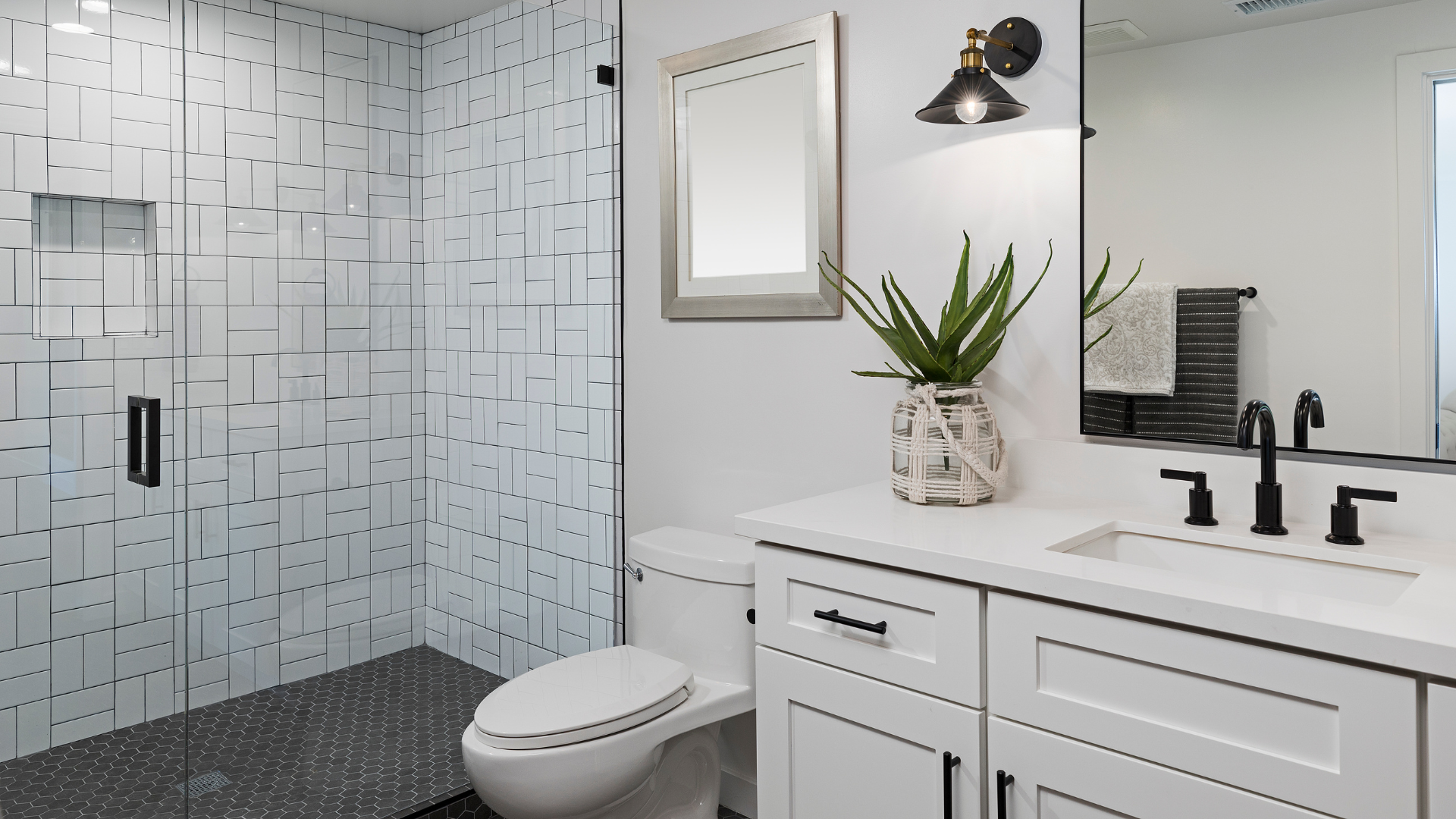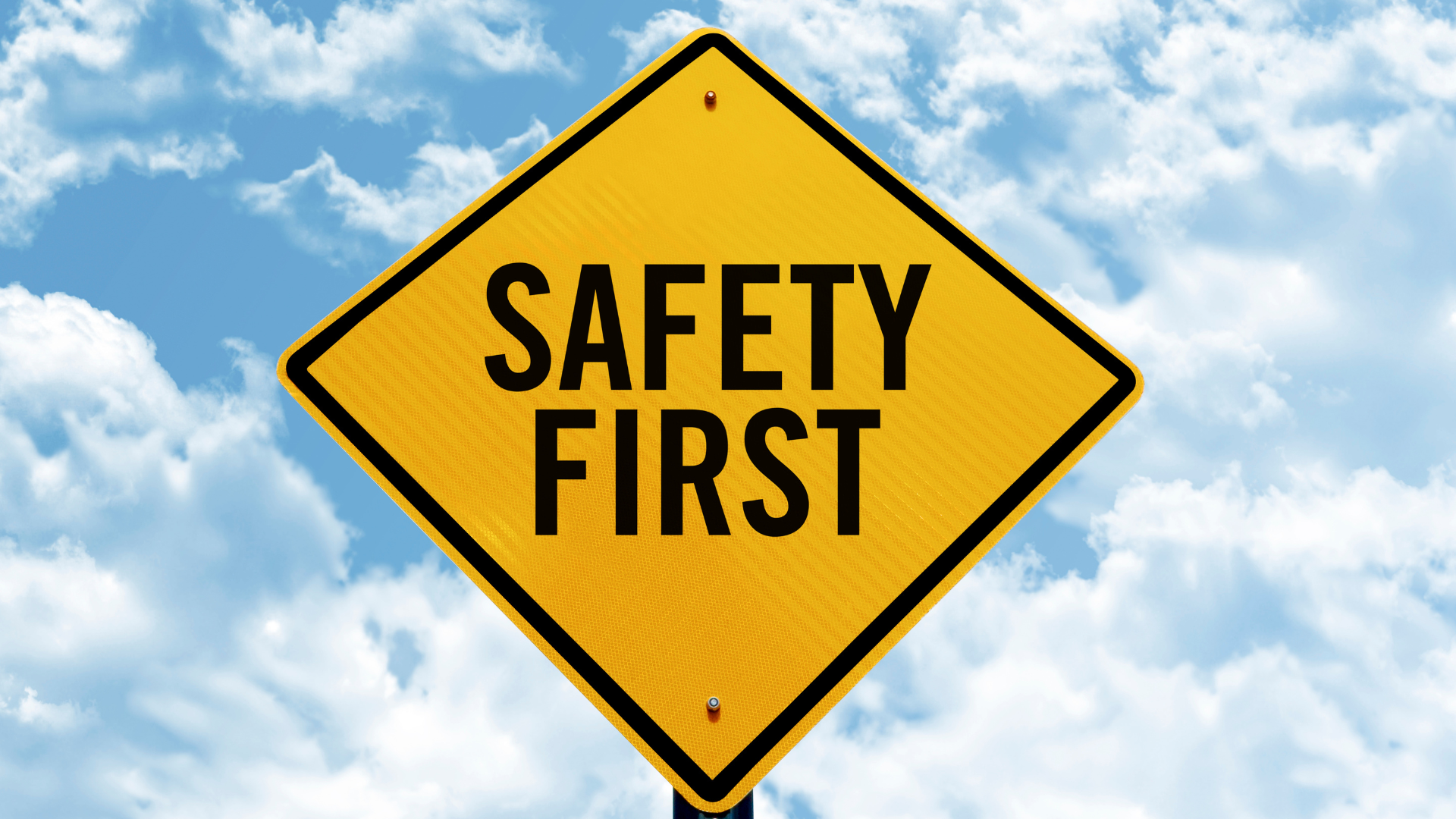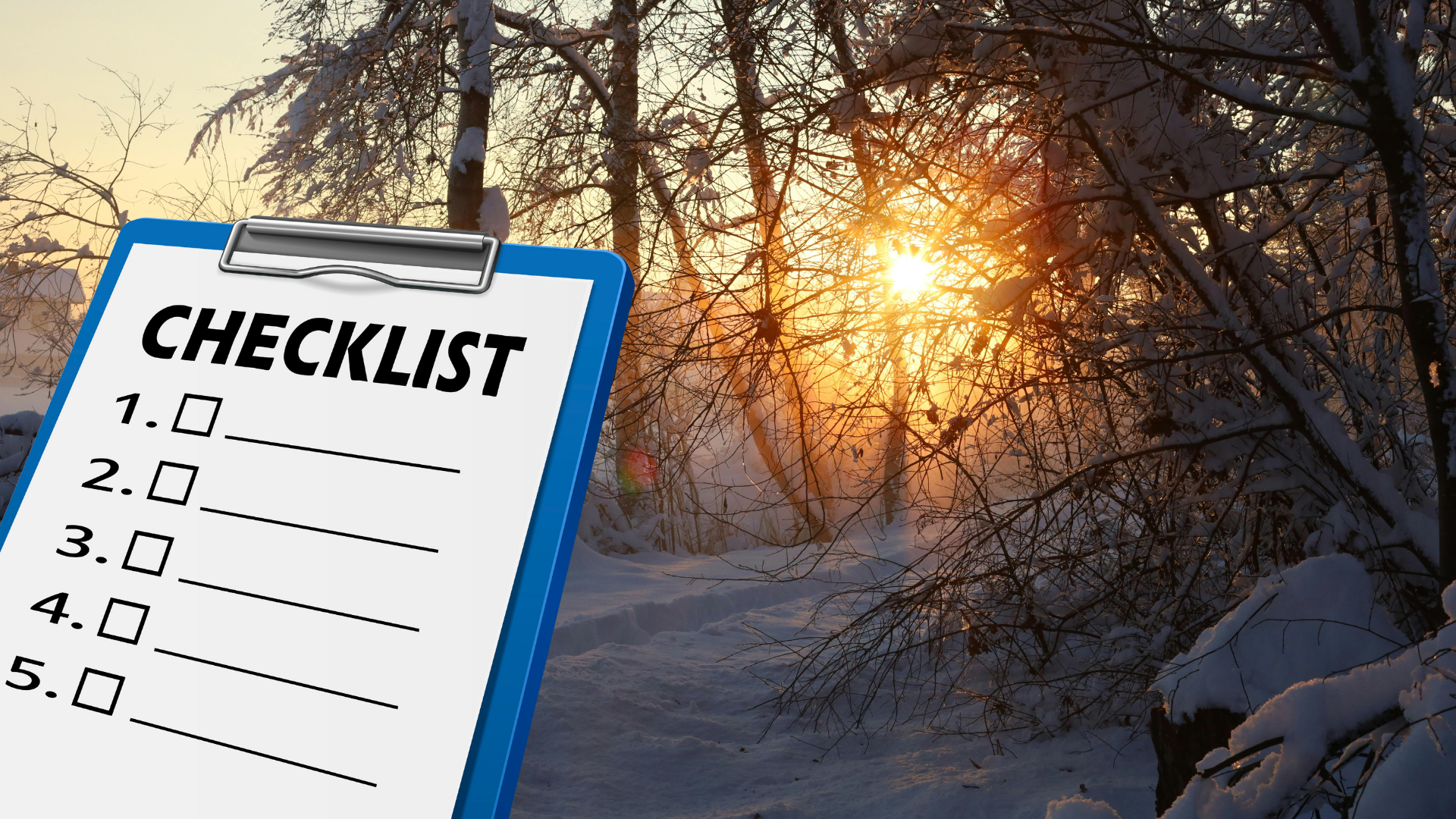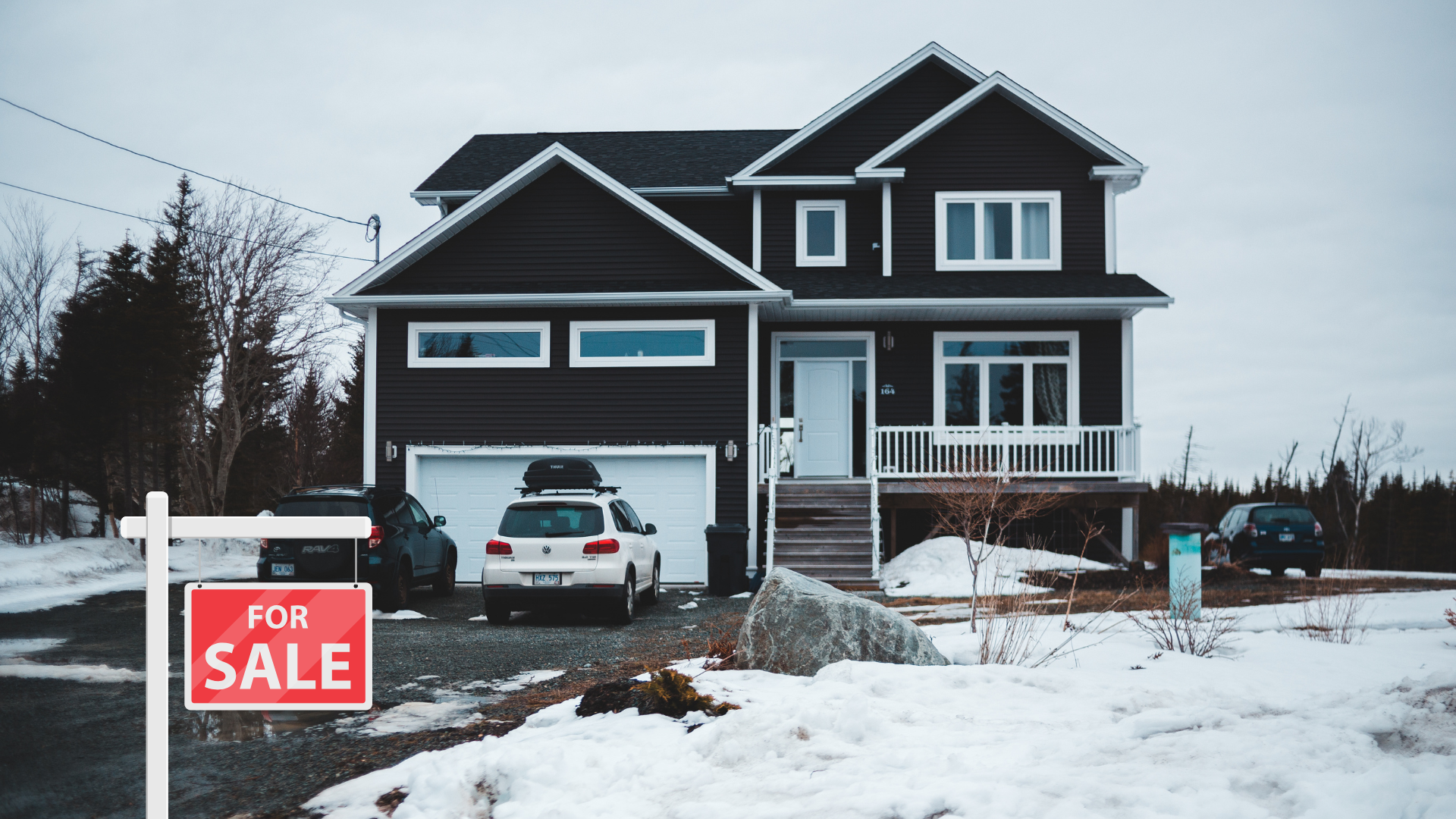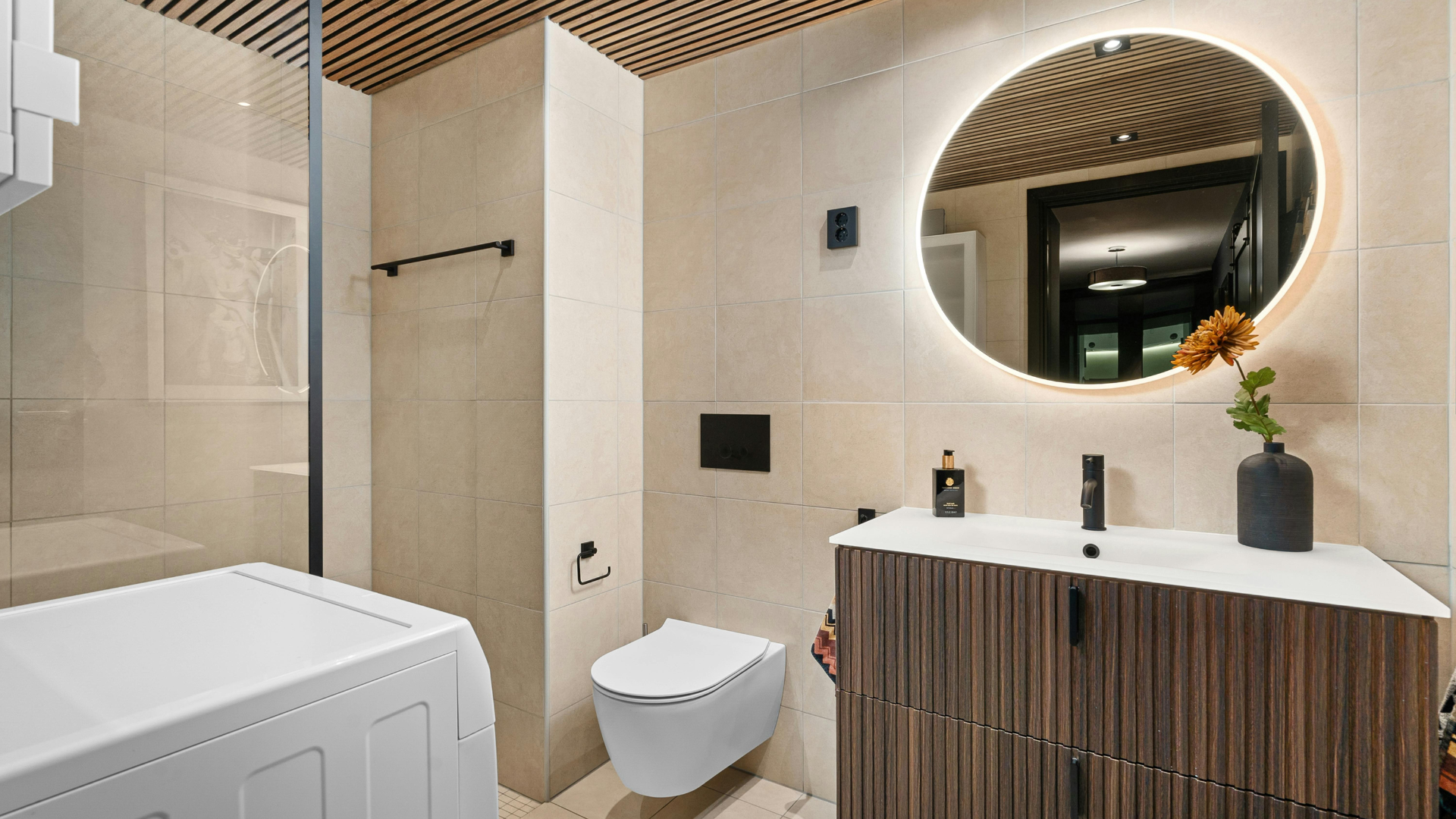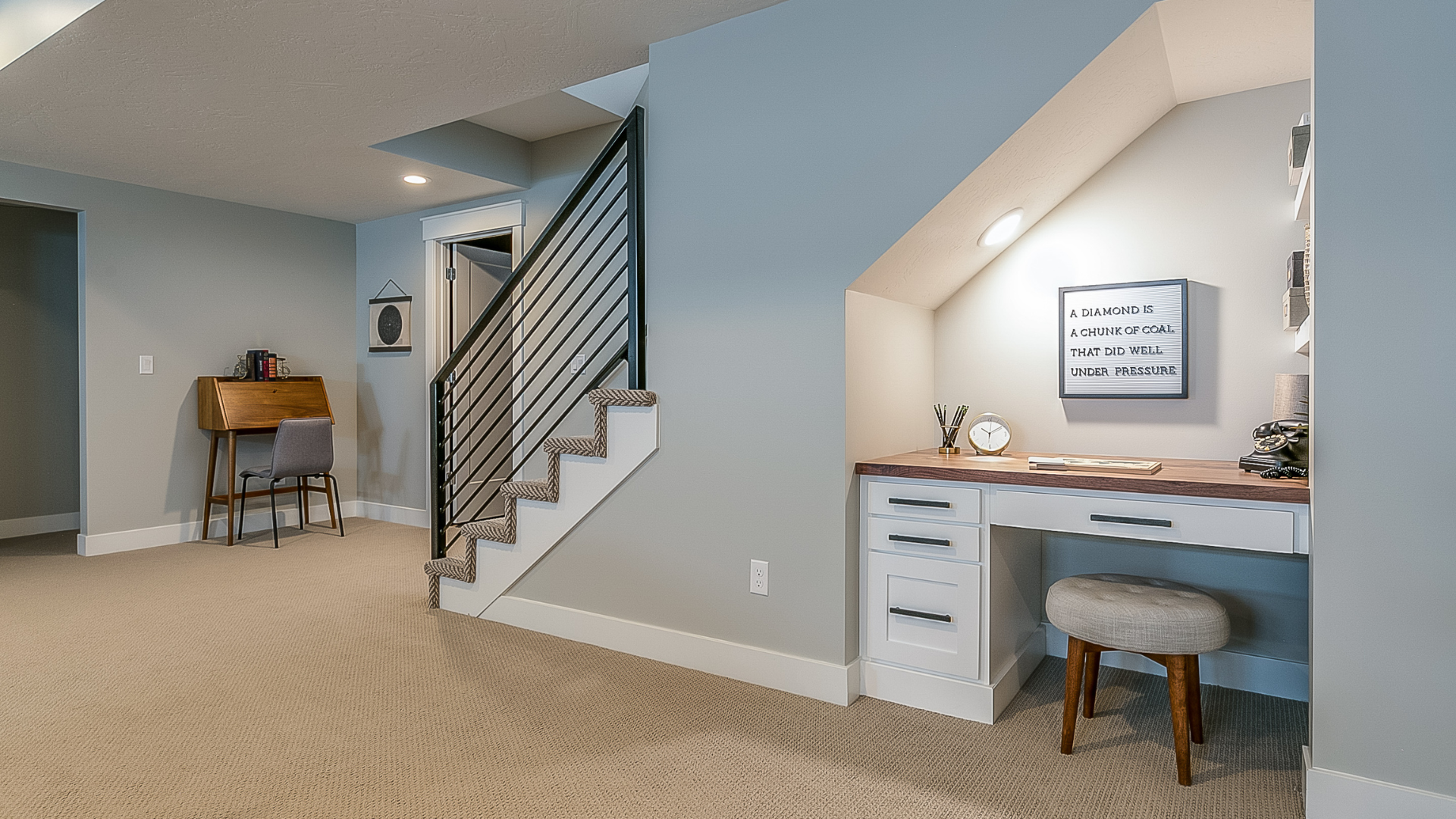Exploring New Construction Trends in Wisconsin: What to Expect in 2025
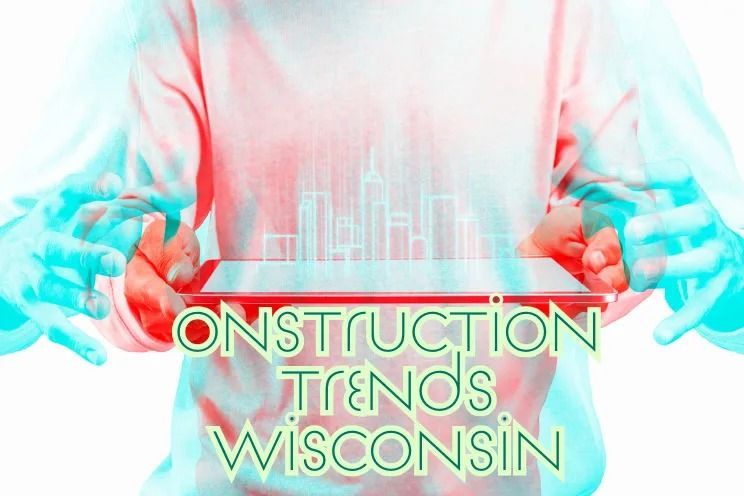
New Construction Trends Wisconsin: What Will Change for Remodeling in 2025?
The remodeling industry in Wisconsin is continuously advancing, with emerging trends driving transformation. Significant growth in urban development and shifting economic conditions are fueling increased demand for home updates and renovations. Whether you’re planning to renovate your home, enhance its value, or invest in modern upgrades, staying updated on the latest Remodeling Trends in Wisconsin is essential to make informed decisions and achieve outstanding results.
Sustainable Building Materials and Green Practices Are Taking Over
The shift toward sustainability is one of the most notable New Construction Trends in Wisconsin. Builders are increasingly using eco-friendly materials like bamboo flooring, recycled wood, and insulated concrete forms. These materials not only improve energy efficiency but also reduce environmental impact and enhance the longevity of homes. Sustainable building materials can also help address the housing supply issues in Wisconsin by supporting the development of new housing units that meet rising demand.
Other energy-saving systems gaining traction include infrared insulating paint, energy-efficient windows, and solar panels. Green roofs, which provide insulation, suppress rainwater, and purify the air, are also becoming popular. As demand for sustainability grows, developers in Wisconsin are integrating green building designs into their projects, setting a new standard for environmentally conscious construction.
Smart Homes: A Must-Have for New Construction
Technology is transforming homes, making home automation a key trend in Wisconsin’s construction landscape. From smart thermostats and automated lighting to security systems controlled via smartphones, these innovations are redefining modern living.
Builders across Wisconsin are incorporating smart home technologies into their blueprints to meet homeowners’ desires for control over lights, locks, and appliances remotely. Beyond convenience, smart homes offer enhanced security and energy efficiency, making them indispensable for new builds.
Open Floor Plans: Still All the Rage
Homebuyers in Wisconsin continue to favor open floor plans that maximize space and light. This trend combines kitchen, dining, and living spaces into one cohesive area, creating a welcoming environment for family interaction and entertaining guests.
Builders are also incorporating higher ceilings and larger windows to allow natural light to flood the space, promoting air circulation and enhancing the feeling of openness. This design remains one of the top features requested by new homebuyers in Wisconsin.
Energy Efficiency and Net-Zero Homes
With Wisconsin’s cold winters and warm summers, energy efficiency is a top priority for new construction. One of the fastest-growing trends is the rise of net-zero homes, which produce as much energy as they consume.
These homes achieve energy neutrality through solar panels, high-performance insulation, and energy-efficient heating and cooling systems. While the upfront investment may be higher, many buyers are drawn to the long-term savings on utility bills. Builders are also incorporating features like geothermal heating and advanced air filtration systems to enhance indoor environmental quality.
Affordable Housing Solutions Amid Rising Costs
The need for affordable housing is driving interest in prefabricated and modular homes. Built in industrial facilities and transported to the site, these homes save time and reduce construction costs, offering a quick and cost-effective solution to Wisconsin’s housing challenges.
Prefabricated homes are constructed under controlled conditions, ensuring energy efficiency and minimizing waste. Wisconsin homeowners appreciate the affordability and customizability of modular homes, making this trend a practical choice for those seeking sustainable and budget-friendly options.
Economic Factors Affecting the Industry
The need for affordable housing is driving interest in prefabricated and modular homes. Built in industrial facilities and transported to the site, these homes save time and reduce construction costs, offering a quick and cost-effective solution to Wisconsin’s housing challenges.
Prefabricated homes are constructed under controlled conditions, ensuring energy efficiency and minimizing waste. Wisconsin homeowners appreciate the affordability and customizability of modular homes, making this trend a practical choice for those seeking sustainable and budget-friendly options.
Modern Farmhouse and Minimalist Designs
Architectural styles in Wisconsin are evolving, with modern farmhouse and minimalist designs leading the way. The modern farmhouse combines traditional elements with sleek finishes and open layouts, offering a fresh take on a classic style.
Minimalist designs, characterized by clean lines, neutral palettes, and raw materials, are also gaining popularity. Homeowners are drawn to the simplicity and functionality these designs offer, creating spaces that promote calmness and organization while remaining visually appealing.
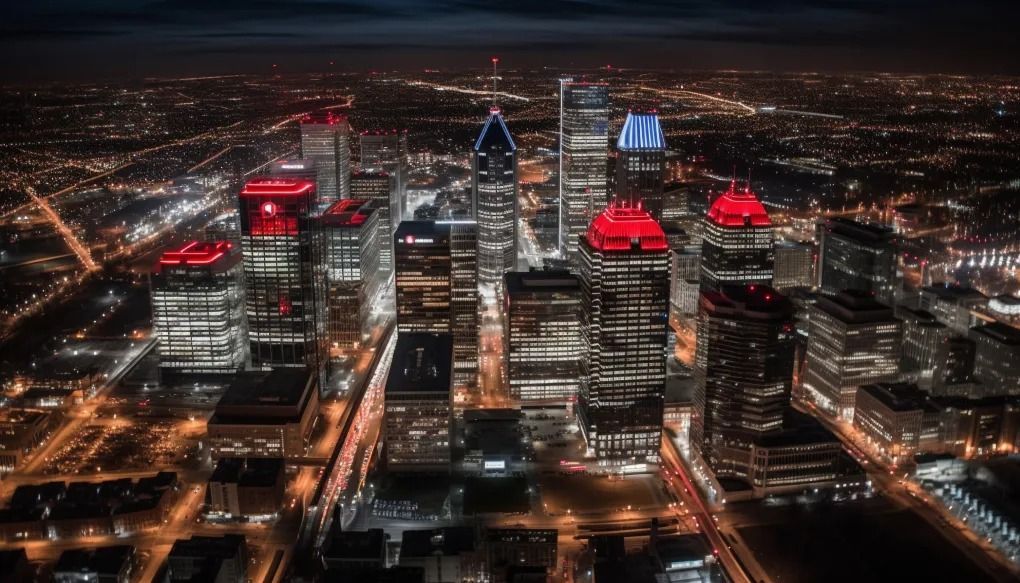
Multi-Generational Homes
The trend of multi-generational living is shaping new construction in Wisconsin. Homes are being designed to accommodate multiple generations under one roof, with features like in-law suites, separate entrances, and additional living spaces.
This trend offers financial advantages and allows families to care for aging parents or adult children. Builders are responding by designing homes with extra bedrooms, larger kitchens, and private areas to meet the needs of extended families.
South Central Wisconsin: A Hub of Growth
South Central Wisconsin is experiencing a surge in construction activity, fueled by growth in the tech and manufacturing sectors. Key trends in the region include the use of sustainable materials, energy-efficient designs, and green building practices. These trends not only promote environmental sustainability but also cater to the rising demand for eco-friendly living options.
To improve efficiency and accuracy, industry leaders are adopting technologies like building information modeling (BIM) and panelization. Additionally, the region is seeing a rise in multifamily housing projects, driven by the growing demand for urban living. As the area continues to expand, the focus on sustainability and innovation will shape the future of its construction industry.
Customization and Personalization
Today’s homebuyers want homes that reflect their unique lifestyles and preferences. Builders are responding to this demand by offering customization options, making this an essential New Construction Trend in Wisconsin.
Homeowners now have more control than ever over the design process, from selecting floor plans and finishes to incorporating smart home features. Custom-built cabinets, unique lighting fixtures, and personalized layouts allow buyers to create spaces that truly fit their needs.
Affordable Housing Solutions
Wisconsin is facing an affordability crisis in housing, prompting builders to explore innovative solutions. One of the major New Construction Trends in the state is the rise of affordable housing options.
Builders are focusing on small homes that optimize space while minimizing costs. Tiny homes, duplexes, and townhouses are becoming popular as cost-effective living solutions. Additionally, community-based developments with shared amenities are increasing accessibility to homeownership for a broader range of buyers.
Challenges and Opportunities in 2025
The construction industry in Wisconsin is expected to face several challenges in 2025, including rising costs and labor shortages. However, these challenges also present opportunities for growth and innovation.
Key areas for improvement include sustainable building practices and technology adoption. Industry leaders are focusing on strategies like workforce development, supply chain management, and cost control to navigate these issues. The economic development authority is also supporting the industry through initiatives such as tax incentives and training programs.
Despite the challenges, the construction industry in Wisconsin is poised for continued growth, with a strong emphasis on innovation and sustainability.
The Future of Construction in Wisconsin
Wisconsin’s remodeling trends are evolving rapidly, driven by technological advancements, environmental consciousness, and changing homeowner preferences. Remodelers are addressing key issues such as sustainability, smart home technology, and modern design to meet the needs of today’s homeowners.
If you’re planning to renovate your home, now is the perfect time to embrace these emerging trends. Whether you’re interested in incorporating smart home features, energy-efficient upgrades, or creating a multi-generational living space, Wisconsin offers endless opportunities to transform your home into something extraordinary.
Ready to Transform Your Home?
At Steadfast Construction WI, we stay ahead of the curve by keeping up with the latest remodeling trends in Wisconsin. Our commitment to creating beautiful, high-quality, and energy-efficient spaces ensures we meet our clients’ unique needs.
Learn more about our remodeling services at steadfastconstructionwi.com. Don’t forget to follow us on Facebook to see our latest projects and get inspired for your next home transformation. Together, let’s create something amazing!
FAQs
What permits are required for beginning home construction in Wisconsin?
Building a new home in Wisconsin requires permits for building, electrical, plumbing, and HVAC systems. Additionally, local zoning laws may affect the approval process.
How long does it take to build a new home in Wisconsin?
The timeline varies depending on the size, design complexity, weather conditions, and material availability. On average, it takes 6 to 12 months to complete a new home.
How long does it take to build a new home in Wisconsin?
Typical challenges include rising material costs, labor shortages, and zoning regulations. Weather-related delays are also common in Wisconsin.
Are there incentives for eco-building or energy-efficient homes in Wisconsin?
Yes! Wisconsin offers tax credits, rebates, and utility incentives for solar energy systems, energy-efficient appliances, and advanced insulation systems.
How does Wisconsin’s extreme winter affect home construction?
Builders account for frost depth, insulation, and foundation design to ensure homes can withstand freezing temperatures. However, cold weather can delay construction schedules.
What should homeowners look for when hiring a builder in Wisconsin?
Choose a builder with a strong reputation, experience with Wisconsin’s climate, proper licensing, a transparent pricing structure, and a portfolio of completed projects.
Is it better to build on a new subdivision or private land?
New subdivisions offer existing infrastructure (roads, utilities) and community amenities, while private land provides more customizability and privacy but often requires additional work, such as installing utilities.
How can homeowners protect their investment when building a new home?
Carefully review contracts, hire a reputable builder, secure warranties for materials and labor, and schedule regular inspections throughout the construction process.
